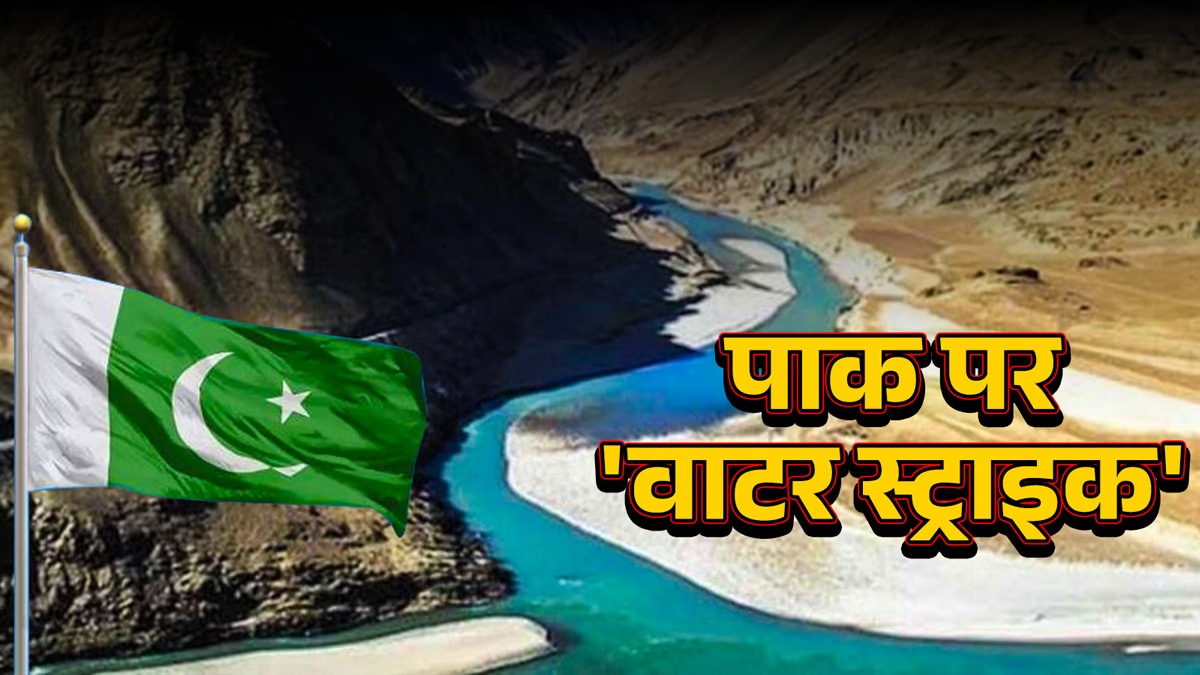Exploring the Siliguri Corridor in West Bengal! This 22-kilometer stretch connects the eight northeastern states with the rest of India. It’s sensitive because it borders three countries: Bangladesh, Nepal, and Bhutan, all of which strive for China’s favor. This chicken neck-like area remains a fragile part of the country, reportedly prone to cross-border movement and smuggling.
Is international border-crossing really that simple?
Could lax vigilance along the Siliguri Corridor become risky for the northeastern states?
This corridor, closer to its foreign neighbors than to its own, posed these questions. In three days, aajtak.in traveled to the borders of these three countries, uncovering the real situation along this 22-kilometer expanse.
At Siliguri's bus terminal, buses arrive from almost all northeastern states, with connectivity to Kathmandu, Dhaka, and Phuentsholing, Bhutan. By 8 am, I stood as a passenger observing agents offering trips to scenic spots like Darjeeling and Gangtok at low costs while promising affordable hotel stays.
Bangladesh border.
I also want to explore!
But I don’t speak Bengali!
There's a hiccup – I need to cross the border… Can you manage?
This question made a few travel agents hesitate and leave. When I was about to return, they approached me again.
No. Not a passport or visa, but I’m an Indian.
No risk, right? I asked, voice filled with apprehension.
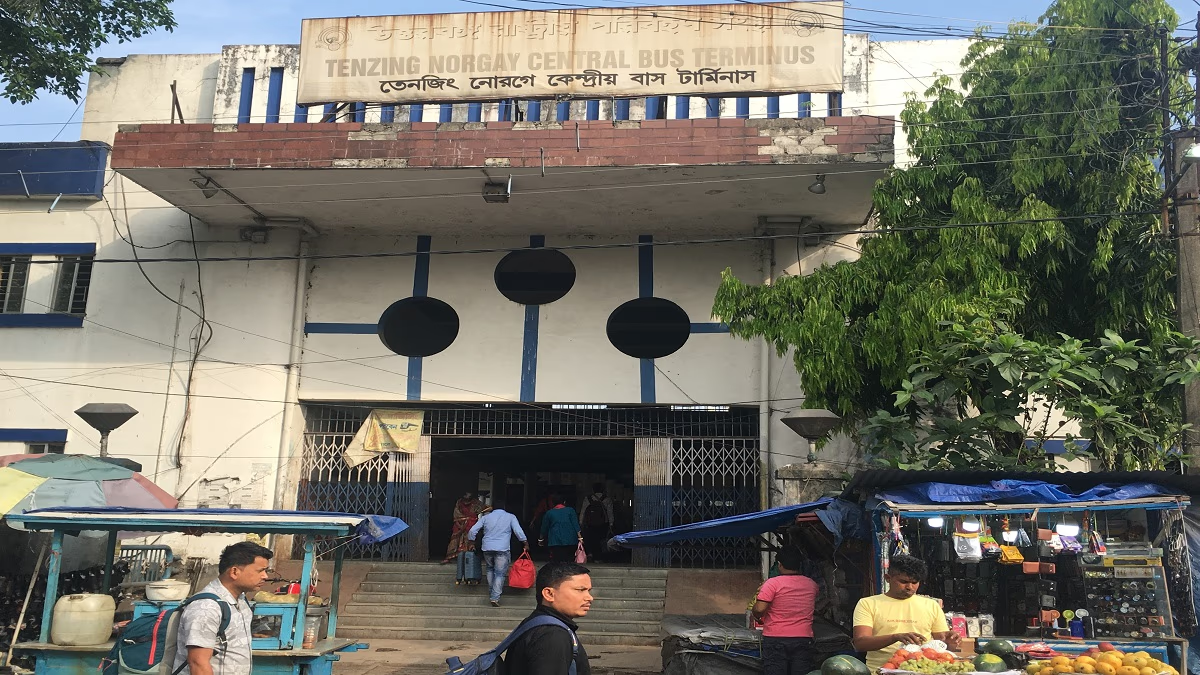
Source: aajtak
No one; I’ll be alone.
The agent nodded, studying me closely. As I stepped away to make a call, I overheard whispers, “Nari’r ceJe bhoyanker keu nei…” (Nothing more dangerous than a woman).
We encountered similar responses at New Jalpaiguri Railway Station, agents ready to assist us across borders, documents notwithstanding, for a price.
Yet, are there no checks at international borders? If so, how does this continue? To understand, we headed towards Nepal.
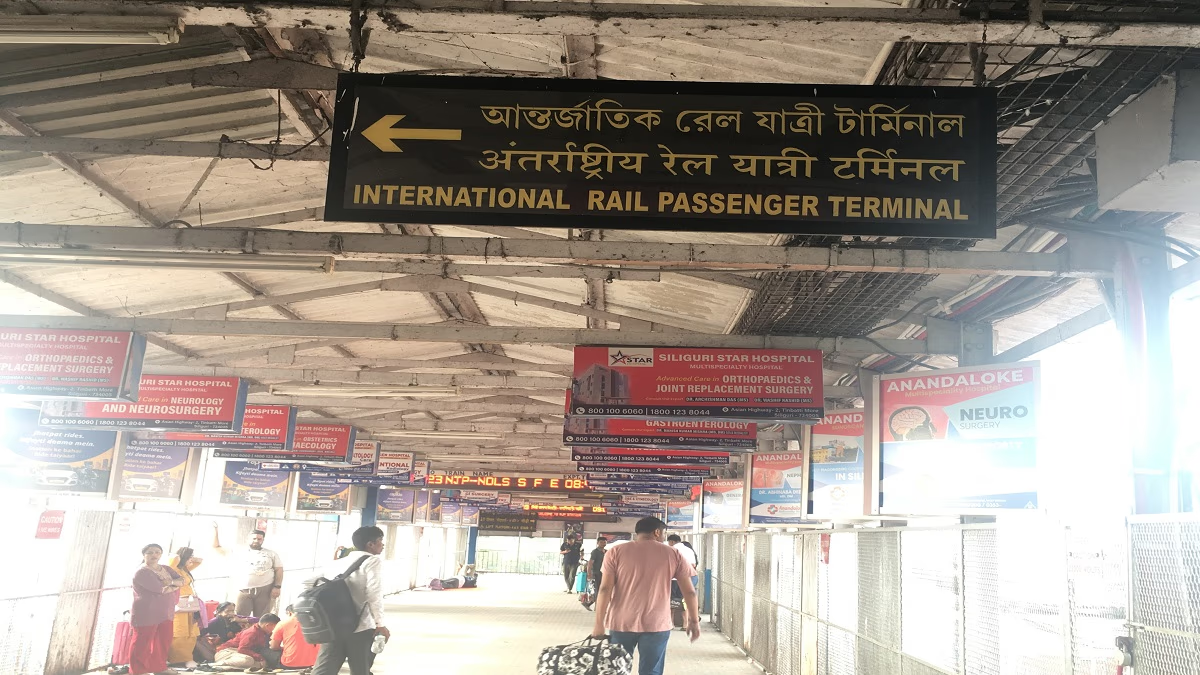
Source: aajtak
We passed through Naxalbari, reaching India’s last village, 'Panitanki.' Though early, traffic crowded the roads, as the Armed Border Force inspected documents.
On the other side, a Nepalese town called Kakarbhitta awaited. Exiting my vehicle, a long jam from across came into view. Upon inquiry, it became clear—Nepalis bought everyday items like vegetables and salt here. Fewer casual travelers, more Nepali merchants populate this route. Nearby, another road accommodates two and three-wheelers, jam-packed as far as the eye can see.
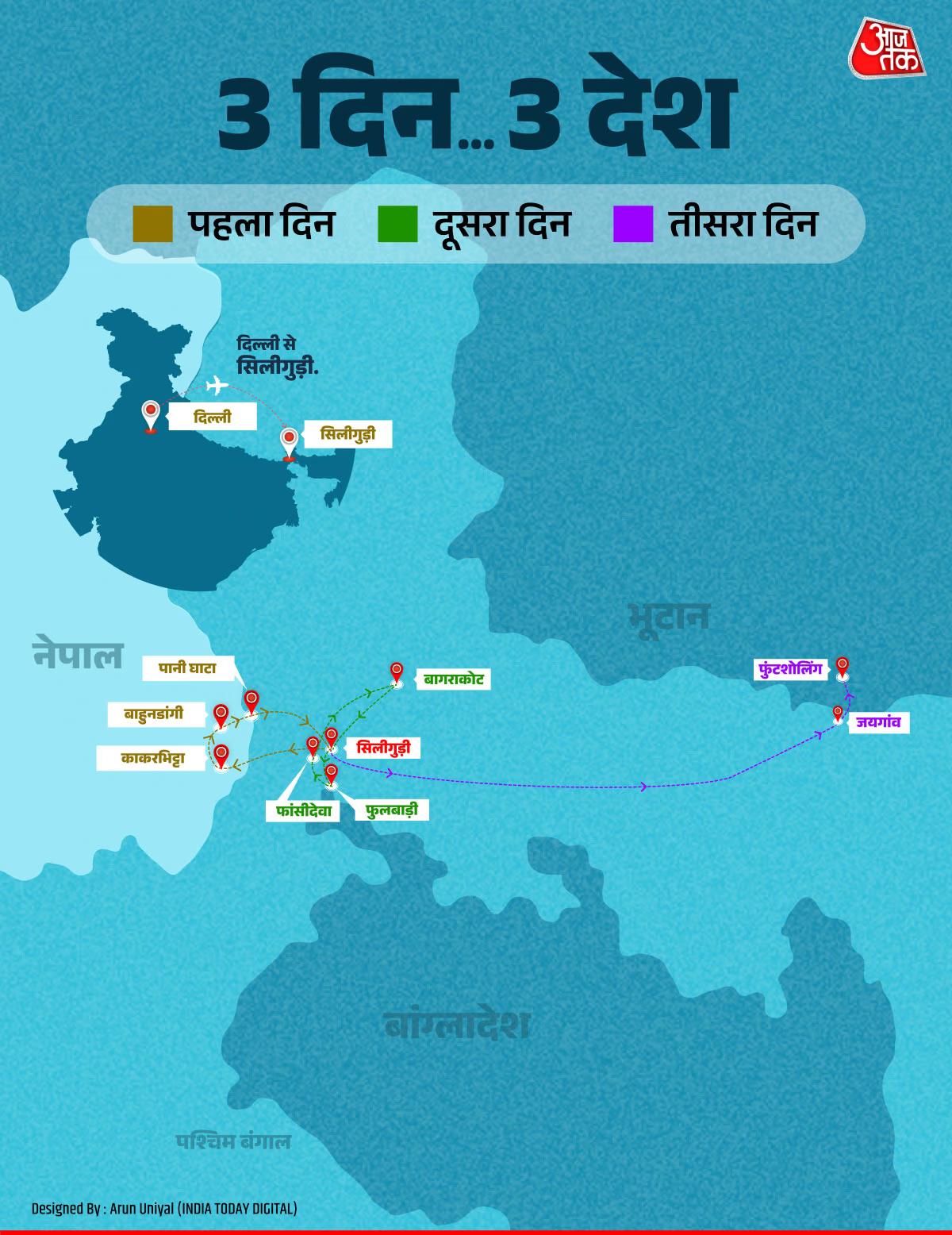
Source: aajtak
As my turn to present documents arrived, they requested a hard copy of my Aadhar card. I hesitantly showed a digital version via email, fearing a possible halt—yet we were easily waved through.
Almost instantly after crossing the international border checkpoint, significant buildings appeared—including a passenger clearance section. If intending to drive further, a slip needed cutting. With online payments and phones down, I left the driver to manage vehicular clearances, hopping on an e-rickshaw.
These NGOs’ shelters, some decades-old and others recently launched, prioritize human trafficking, evident by posters in Nepali warning against child selling.

Source: aajtak
Beneath a tin shed, volunteers with registers jot details of any young or wary-looking girl seen, recording names, addresses, and phone numbers in Nepali. Among them is a man from Nav Abhiyan Nepal, claiming that these five institutions collectively manage to detect 10 to 15 cases monthly of minor girls being trafficked. Insight into shifting trafficking patterns and more is shared, with victim reunions slated for later narratives.
Such small-scale gambling dens populate borders. Illegal here in India, enthusiasts or those desiring money laundering gather. Despite frequent raids by Nepalese authorities, these casinos rebound, sometimes freeing trafficked girls.
It’s here that China links in, with Chinese nationals often frequented these casinos. Though rare in Kakarbhitta, they circle around Pokhara and Kathmandu’s casinos.
What threats arise from this?
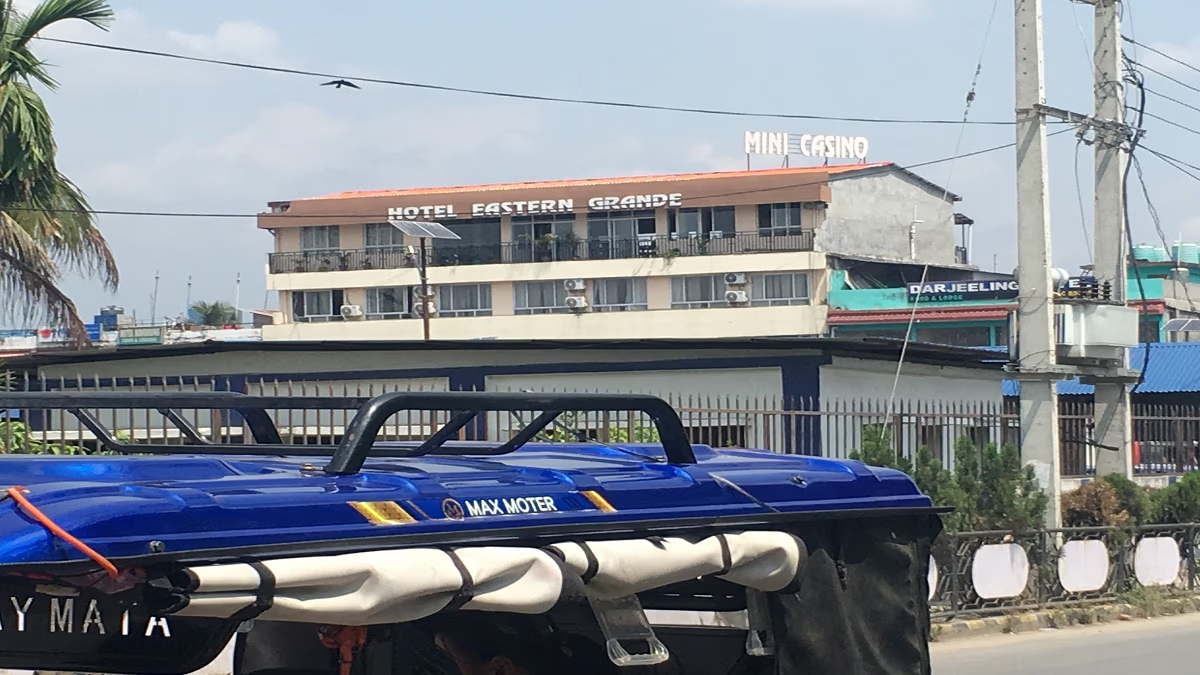
Source: aajtak
Nepal serves as a secretive meeting point where individuals from both nations might subtly collaborate on dangerous aspirations, vanishing easily due to scant security checks. Kathmandu’s alleged shelter for criminals endures.
Using our Aadhar card, we ventured deep with no stops.
Adjoining Darjeeling, this village embraces a porous border. It lacks a permanent SSB post, and even Nepal’s Armed Police Force’s presence is ambiguous here, facilitating cross-border travel along fields or trails. While primarily human trafficking, the same leniency might enable spies or those with nefarious motives too.
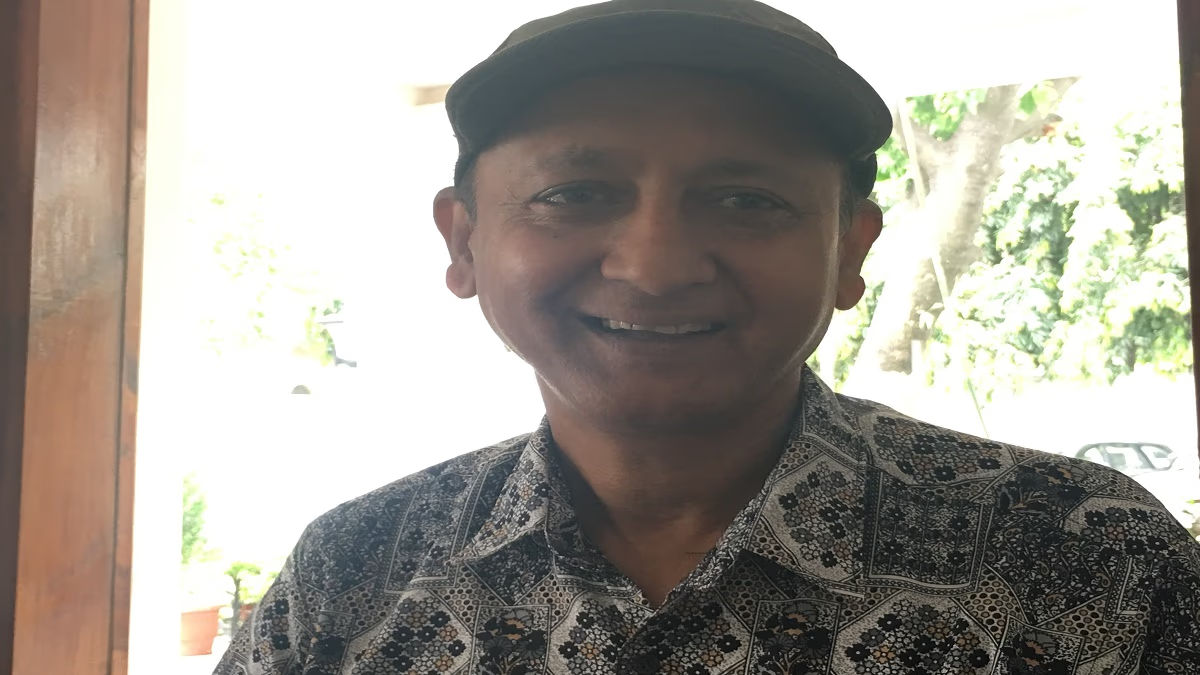
Source: aajtak
He observes: A problem here is similar facial features. Northeastern, Nepalese, Bangladeshi, and Bhutanese appearances closely align, causing confusion. Suspicions may arise, but action becomes tough. Especially with burgeoning northeastern populations settling in Siliguri or Bagdogra in recent years.
Prashant points out many religious sites where people from Bhutan or Tibet study, allowing potential infiltration. Despite the sensitive bit, ordinary people cannot investigate, necessitating routine checks.
He notes: Nepal’s and Bhutan’s vast, open borders call for mutual friendship, but our force presence remains light along thousands of kilometers. Nepal, under Chinese sway, evokes concern, where porous borders can be quickly crossed.
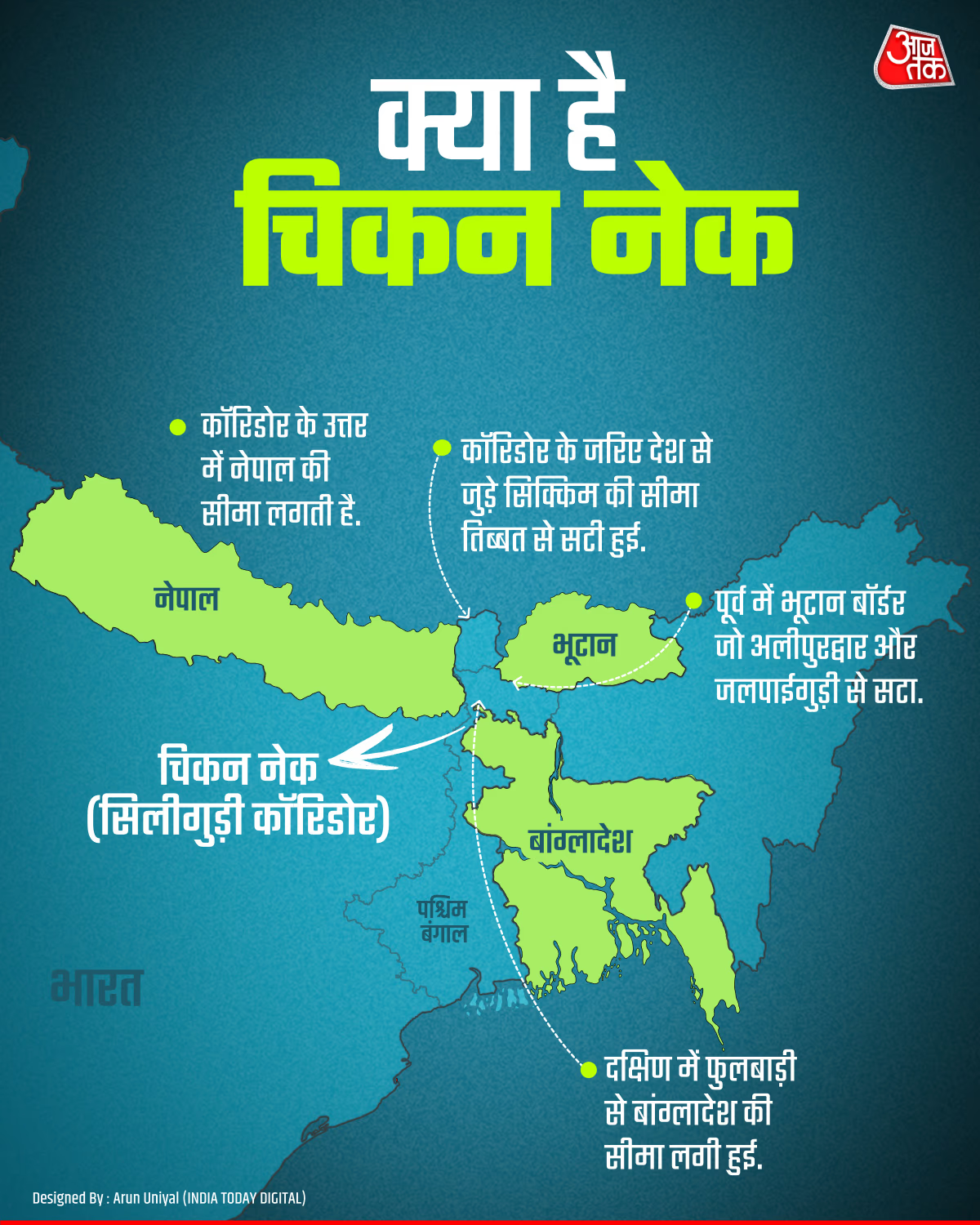
Source: aajtak
Borders are so porous that entry faces negligible issues. Often, people cross with pretexts of grazing or agricultural work, even mingling with labor groups. Rapidly increasing human and drug trafficking occur here, affecting the entirety of Northeast or spreading through West Bengal.
In 2023, the SSB arrested over 2,000 people across India-Nepal border smuggling cases, involving drugs, arms, gold-silver, and human trafficking. Drug trafficking remained prominent, with primary routes being Kakarbhitta and Bahundangi, where synthetic drugs flow from India to high-end consumers and across India.
Navigating India-Nepal’s open borders amidst human trafficking, drugs, and mini-casino intrigues, we retraced our path.
This is Fulbari Border, adjacent to Banglabandh. As a prime trading point, BSF and Customs maintain heavy presence here. Vigilant guards immediately cautioned against approaching.
A friendly interrogation ensued, shifting to advice for retreat. ‘Avoid wandering here. Still, come watch a retreat on Tuesday or Saturday.’ Hints given, we headed back, entering the most distant village nearby.
This Indo-Bangla checkpoint hosts about 50 homes in total, mostly locked, while some villagers lingered along the main road, sipping tea. The BSF jawans returned amidst conversational attempts.
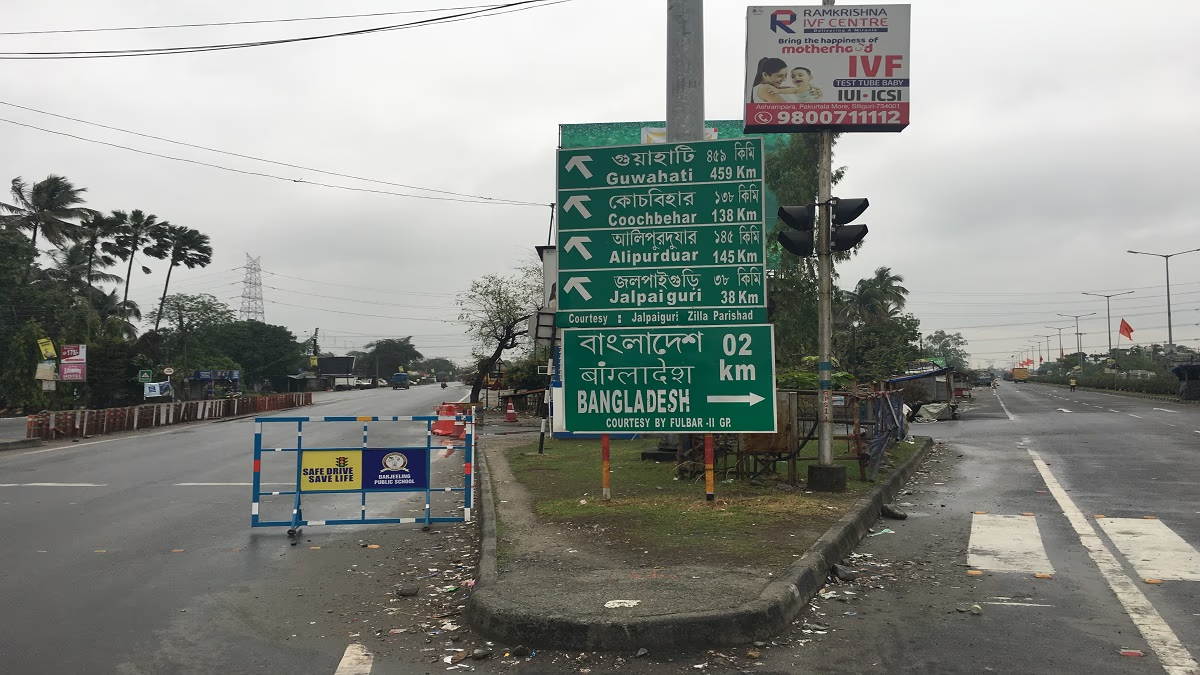
Source: aajtak
Chatting with a tea-drinker, we asked, ‘Know Bangladesh’s new leader?’
No. Those are people from across, how'd I know!
Fear? Born here, silver-haired here. He shrugged, taking another sip.
Showing nonchalance, yet alerted, the man retreated with an ‘Allah Nigehban’ (God is Watching) farewell.
The owner beside the tea stall answered—mostly truck loaders or customs check workers. Some labor in Siliguri or Bagdogra.
Small-level smuggling occurs here—some smuggle people or goods for cash. Although severe restrictions prompt caution against direct transgressions, crossings without documents or contraband like gold caught attempted occasionally.
According to India Today, BSF seized gold worth 30 million INR in February, concealed amid a motorcycle’s fuel tank. Drug trafficking and cattle smuggling frequently occur here.
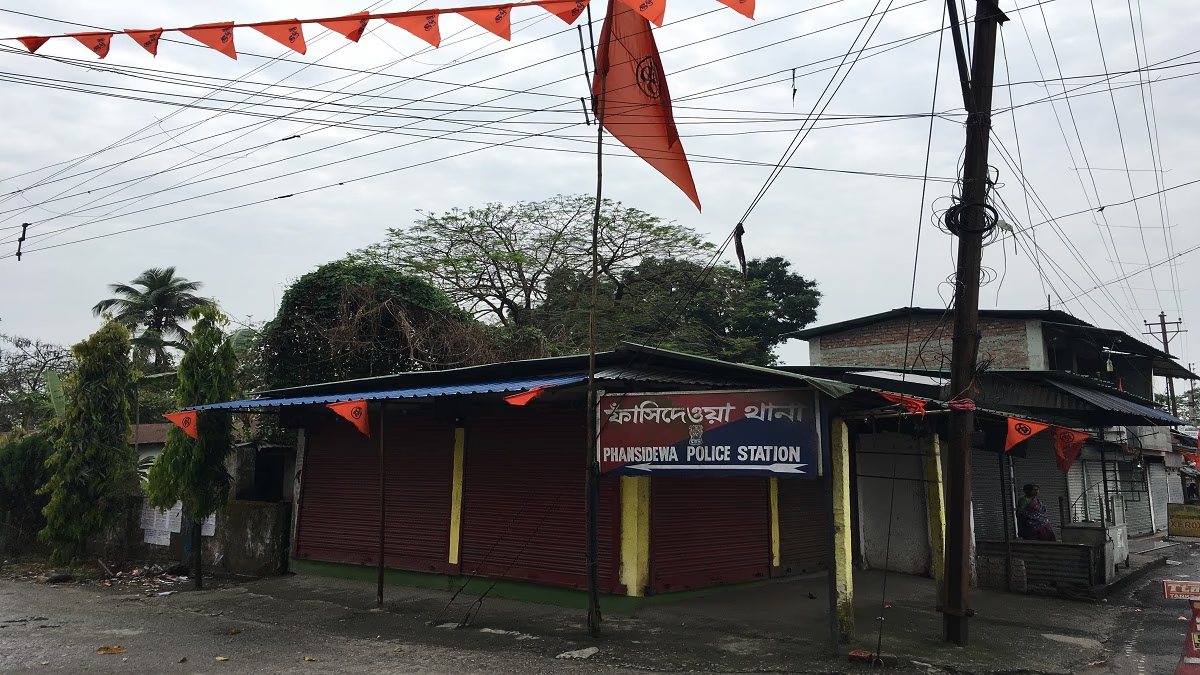
Source: aajtak
Mahananda River flows near the border. Regions lack fencing due to this river, surrounded by dense tea gardens or forested areas enabling stealthy crossing. Monsoon rains swelled the river, reducing BSF and SSB's vigilance, easing illegal entries.
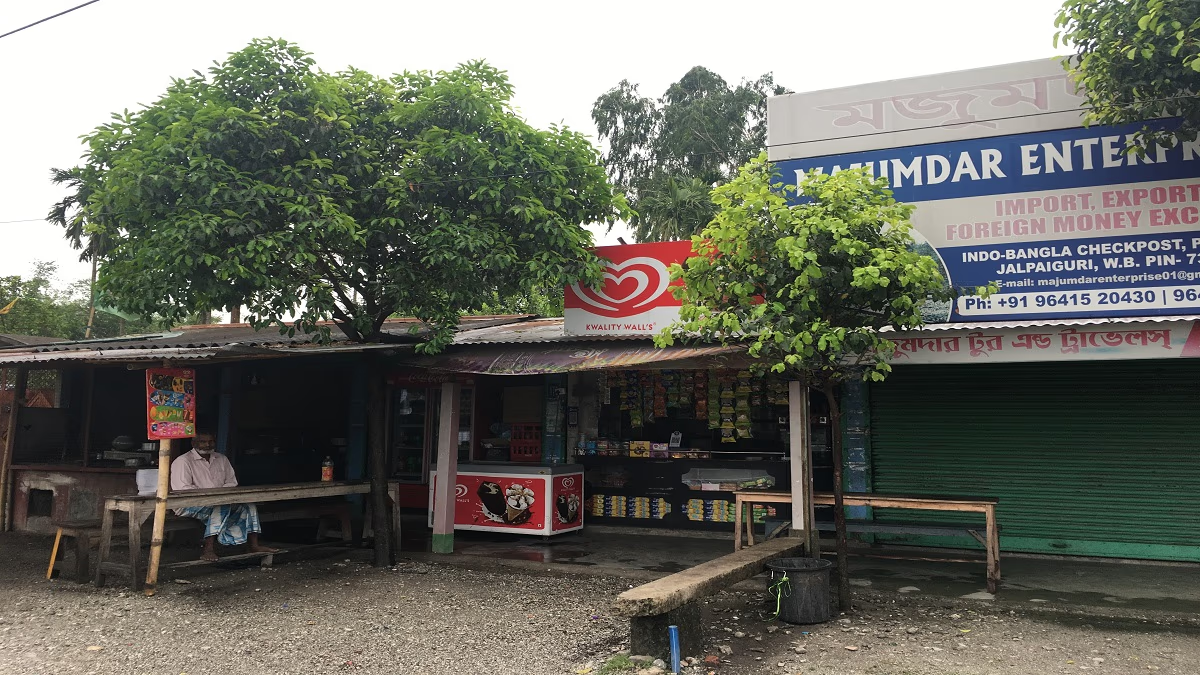
Source: aajtak
Near Fulbari Border lies National Highway-27, which connects Siliguri while extending to Assam and the entire northeast.
Strategically sensitive, security agencies always monitor this route. Any oversight might incur hefty consequences due to this strategic lifeline, warning against lingering or unnecessary photography.
We advanced toward Phansidewa. This village lies along Jalpaiguri and Darjeeling's borderline, naturally divided by Mahananda River. On the trail, we heard several historical tales—the village allegedly hosted British hangings, earning its name ‘Phansidewa.' The tree still supposedly exists, though treacherous, muddy roads hindered exploration.
So does Ramnavami attract grand revelry here?
Not yet, but it’s evolving. Hindu festivities shouldn’t mean fear. No guessing faith here, though this man too avoided public statements. Controversial zones provoke hassle, he said.
Morning avenues kept shops silent, right near the fencing. Across, others labored. Closer, a BSF guard sternly warned us against advancing.
We’re just here to view Bangladeshis!
Laughter followed: ‘They may look like us, but deep inside, treacherous as ever. Digging river sand now, but given a chance, they’d split heads.’
Patrolling via bicycle, this guard exhibited lingering resentment.
Such perilous fencing—recently initiated?
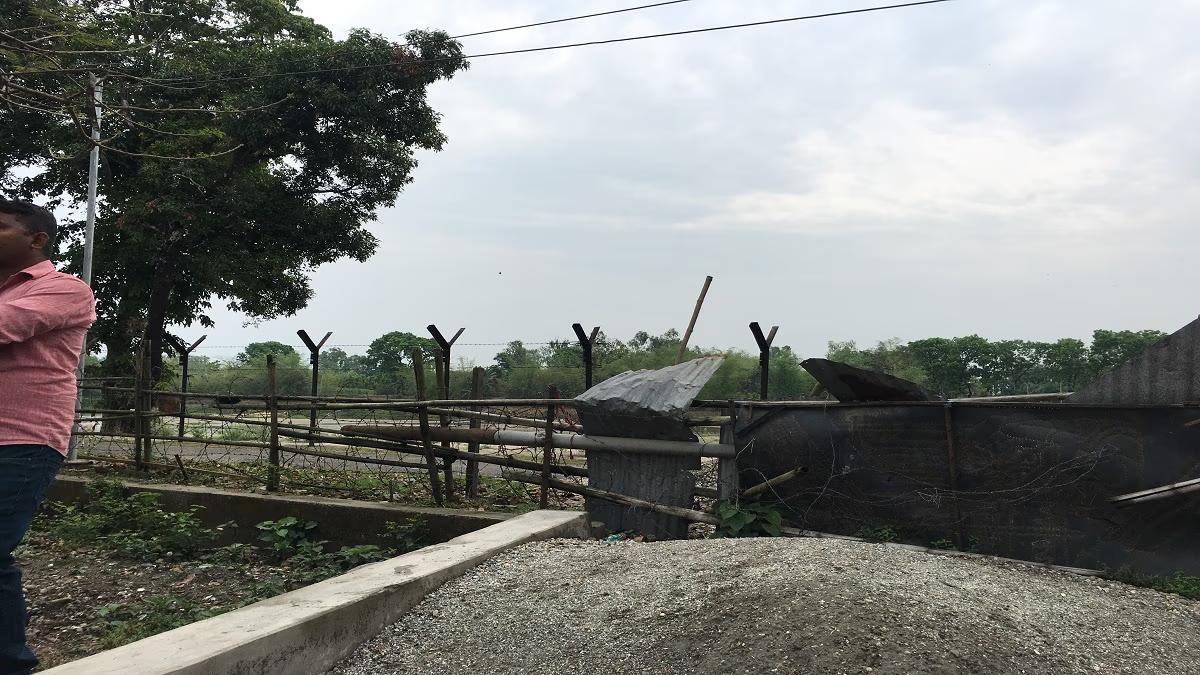
Source: aajtak
Yes, ongoing work. Absent fencing earlier due to the river, locals barricaded with sheet metal, though wouldn’t prevent much.
Prevent you’re here for!
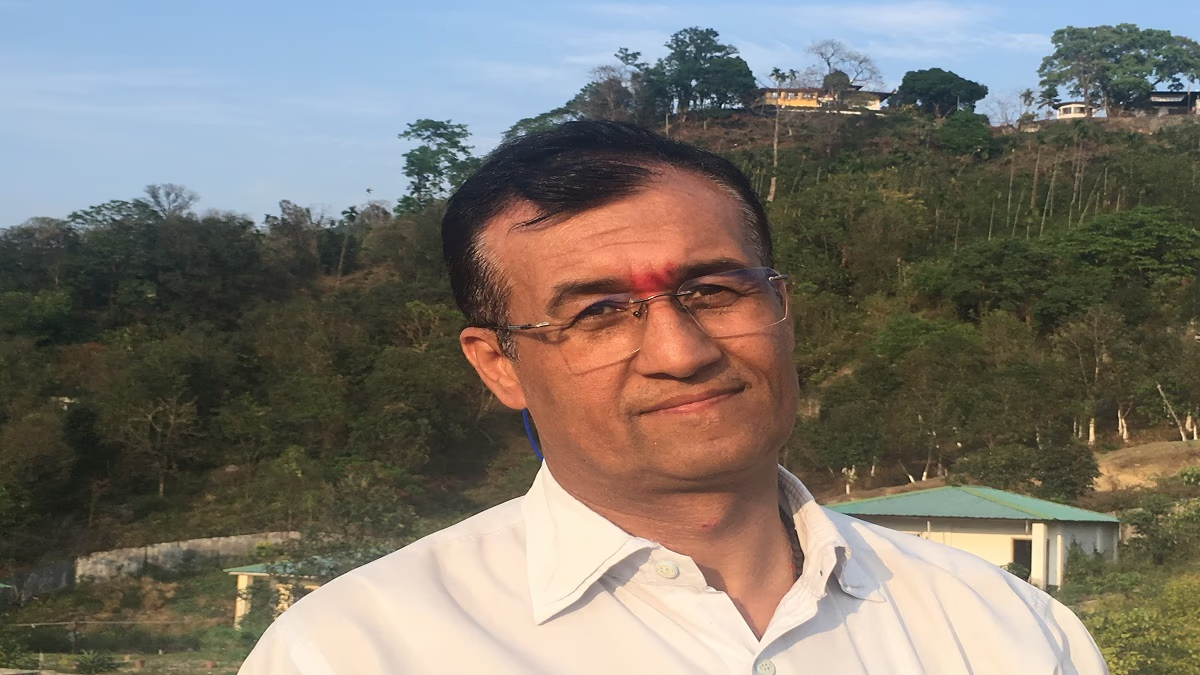
Source: aajtak
We’re here, but people here play traitors. For slightly more pay, they’d guide anyone across. Swallowing bitterness, he continued—on duty, cycling patrol for six hours each day and night, vigilant. Unpredictability looms. External threats or internal betrayal could erupt anytime.
The guard’s anger stemmed from a colleague lost recently. A fellow jawan recently succumbed to lightning, inciting disheartenment among many here.
After five minutes, he resumed his rounds, warning caution against stepping onto snake tails.
Nearby stood villagers with heightened interest. Humorously, we asked—do you aid infiltrators for money?
‘No, certainly not.’ A youth responded, hand showing a red-thread-tied wrist, a token of honesty.
Crowd gathered, probing our origins, prompting us to return to the vehicle. Fencing work gripped the vicinity, roads lined with silt. A slight effort could lead across, an easy reverse journey suggested.
Keep your voter or passport handy, suggested a local journalist friend beforehand. Presently, I possessed neither, retaining only my Aadhar.
Possible denial of entry, then.
We shall attempt, and if denied, return.

Source: aajtak
If roads remain favorable and uncrowded, about four to five hours suffice. This route crosses Coronation Bridge—it spans Teesta River in West Bengal’s Darjeeling, linking Siliguri with Darjeeling, Kalimpong, and Sikkim. The primary route from Siliguri to Sikkim, deeming it an exclusive avenue connecting Sikkim with the rest of India. Alternatives exist but cut through challenging terrains or military routes.
Despite lacking explicit 'Bhutan' signboards, linguistic and facial changes surfaced.
After five hours, we reached Jaigaon. Phuentsholing, its Bhutanese counterpart, stood adjacent. Despite no concrete border, an SSB checkpoint encountered soon. Unlike visa requirements, documents like voter ID or passport remained necessary. Wielding my Aadhar card, I ventured forward. Lengthy line awaited many tourists from West Bengal eager for Bhutan sightings. While permitting my entry, my companions faced hindrance.
For Indians venturing into Bhutan, immigration checks occur here under the Bhutanese home ministry. They ensure a smooth, albeit stringent, process. Here, Aadhar card verification began afresh.
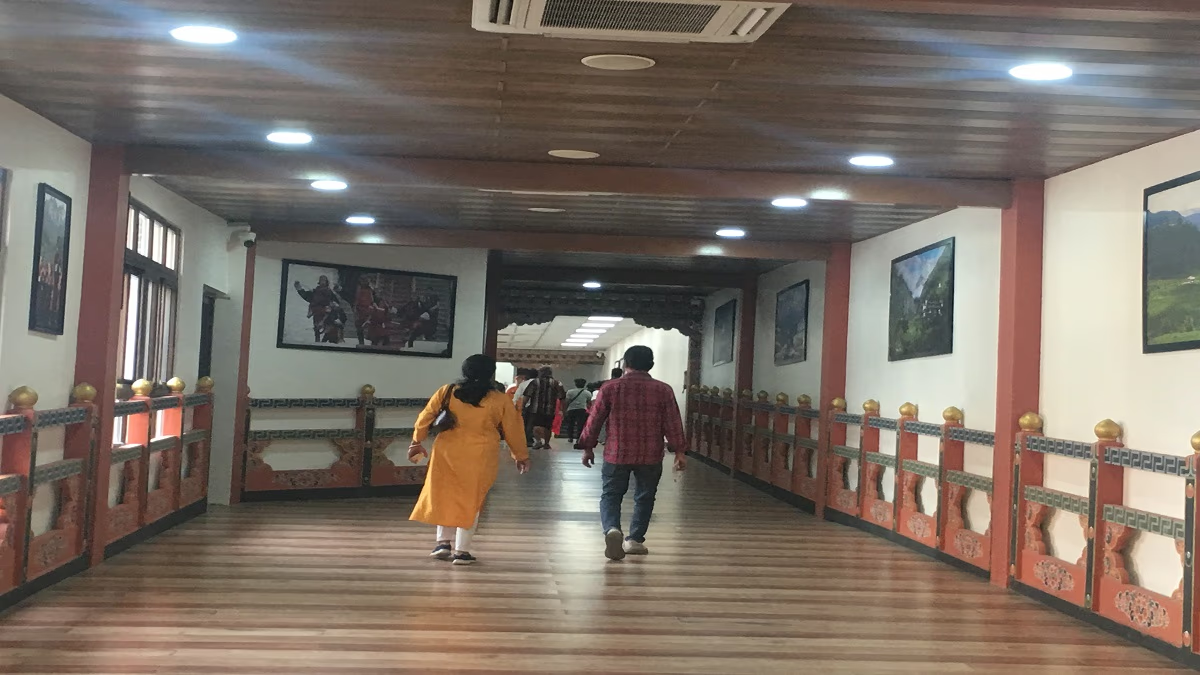
Source: aajtak
The wide hallway showcased Bhutanese royal family portraits while air conditioning offered climate respite with comfy seating.
First-time Indian visitor? They directed me to another queue. Extensive lineups followed substantial screenings. Fortunately, my stars aligned favorably.
Phuentsholing sprawled before me, city visible upon exiting immigration, where duty-free shops awaited. Low-cost liquor attracted many Indian travelers.
Zangtopelri Park beckoned nearby. Signposts in English and Bhutanese warned against littering, noting stern actions. A Buddhist temple anchored the park’s core, around it a man bathed large oil lamps. Desiring conversation or photography, a woman deterred me with broken English—‘He mourns, grieving a loss, washing lamps for cremation, avoid disturbing or photographing.’
Speaks Hindi?
A little, learned from watching. We make Hindi reels.
No, none. We own a nearby shop with India House customers too.
Just a kilometer away, the Indian Consulate General’s office stands. Locals call it India House. Sauntering there, yet discovering it closed.

Source: aajtak
Surrounding residential clusters accompany important offices and upscale hotels whose vigil over photo attempts revealed limited Hindi voicing displeasure.
Would permits permit further travel? Stymied by a closed consulate, I sought vendors’ guidance.
Yes, about 5 km lies a checkpoint granting entry deeper into Bhutan. Planning an overnight stay necessitates 1,200 INR along with a Bhutanese guide. As an Indian, you’ll face little trouble, a local shopkeeper assured.
Both countries enjoy strong ties, fostering open, lightly monitored borders. The Indo-Bhutanese border was a low-risk zone, yet threats subtly emerged. Phuentsholing marks a pivotal crossing point for both nations, channeling substantial commerce.
As a landlocked locale, Bhutan relies heavily on India’s ports, like Kolkata, for trade. Amid bustling exchanges, scanty checks and optional documentation permit easy crossings. For instance, despite Aadhar’s invalidity, crossing proceeded unquestioned with such an ID.
Since Bangladeshi leader Mohammad Yunus’ remarks, the Siliguri Corridor has featured prominently in discourse.
We discussed the risks of this narrow corridor’s proximity to three borders with a veteran journalist reporting from the India-Bhutan frontier, Rajesh Sharma, head of the Indo-Bhutan Friendship Association, Jaigaon.
Rajesh asserts: Bhutan lies hours from the Chicken Neck; it poses no threat given extensive friendship history. Increased Hindi film interest prospers here. Yet, post-COVID, security tightened, though not skeptically. Such controls remain international conventions bound.
Indian rules slightly changed in Bhutan, though ties remain cordial. Bhutanese still venture for education and employment.
On specifics regarding Indian influence, the youth departed without responding, gesturing farewell.



